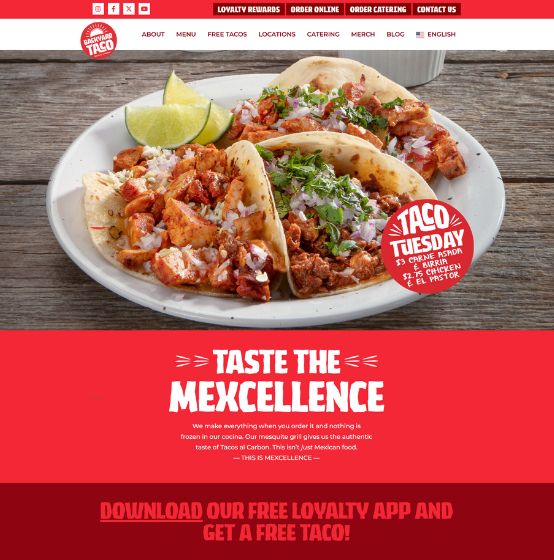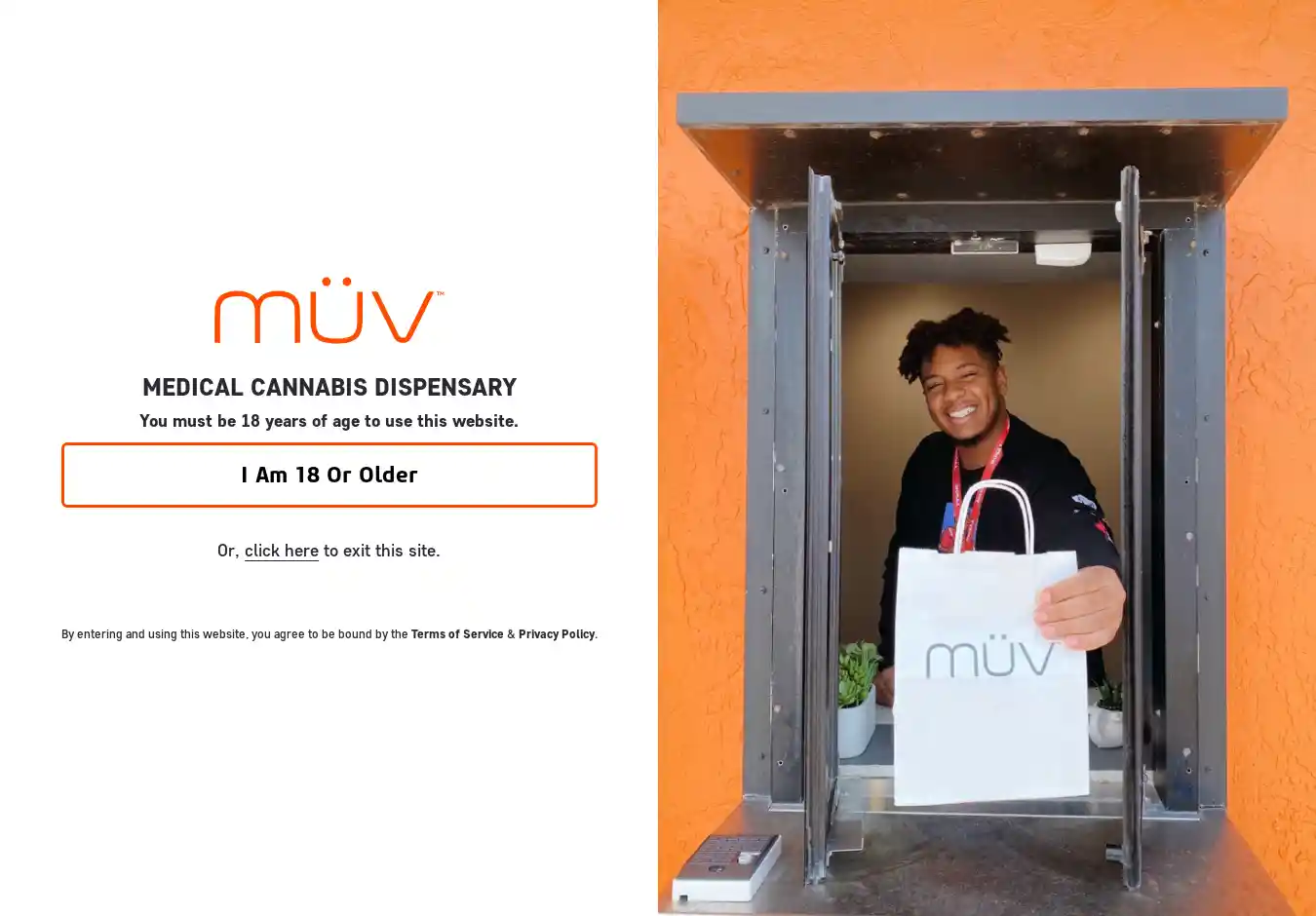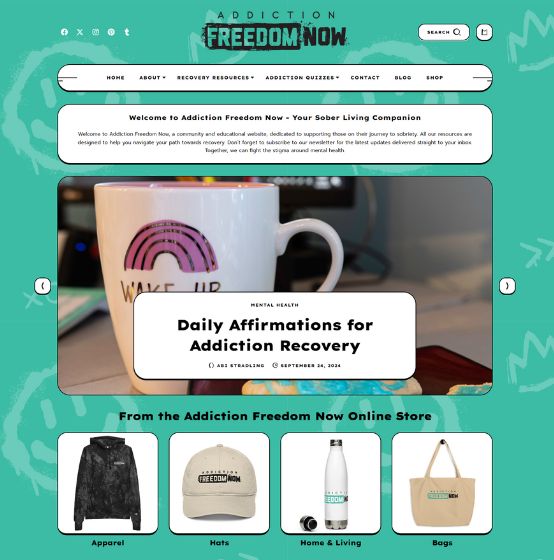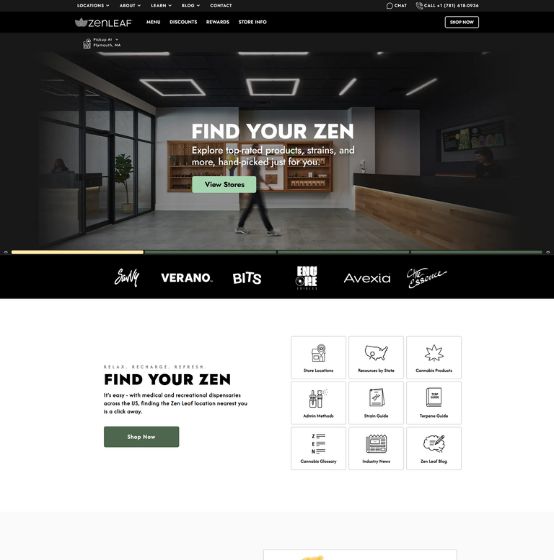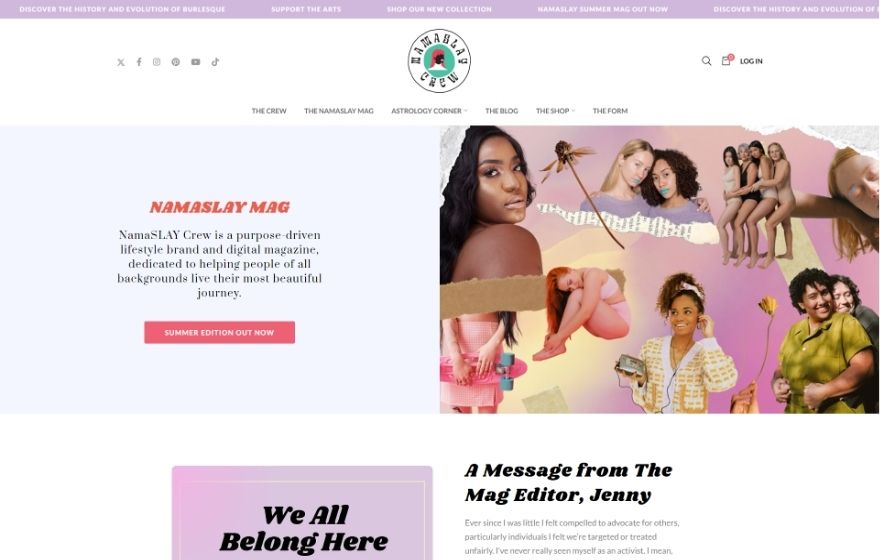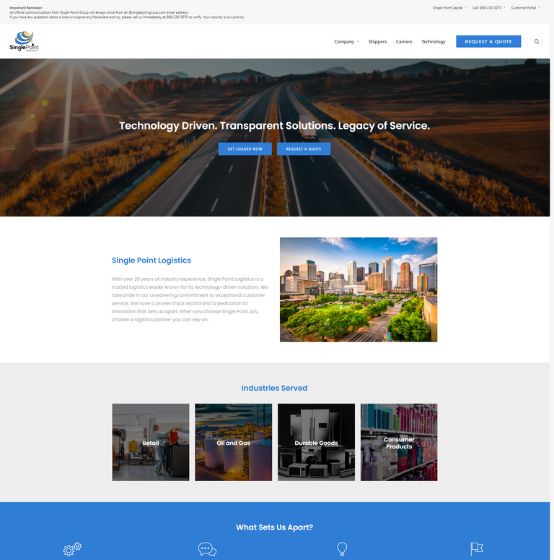Creating content that ranks on search engines and converts visitors into customers is a blend of art and science. It involves understanding user needs, aligning your content with search intent, and optimizing for search engine algorithms. When done properly, SEO content marketing can improve your online visibility and deliver measurable business results.
This guide will walk you through the essential strategies for creating content that excels in both ranking and conversion. From conducting effective keyword research to crafting engaging, high-quality articles and measuring results, we’ll help you build a content marketing strategy that brings measurable success.
Understanding the Basics of SEO Content Marketing
SEO content marketing combines two powerful strategies: search engine optimization and content creation. While SEO focuses on making your website discoverable, content marketing aims to provide value to your audience. Together, they ensure your content is discoverable on search engines and resonates with your target audience.
The essence of this strategy lies in creating content that fulfills user intent while adhering to best SEO practices. Whether it’s a blog post, video, or infographic, the goal is to deliver information that solves problems, answers questions or offers solutions in a way that encourages engagement and action.
Crafting a Winning SEO Content Strategy

A well-thought-out content strategy is essential for successful SEO content marketing. Here’s how to build one:
Define Your Audience and Goals
Your content should speak directly to the audience you want to reach. Identify their challenges, preferences, and search habits. Developing detailed audience personas helps identify what type of content will resonate. At the same time, set clear objectives, such as increasing traffic, generating leads, or boosting brand awareness.
Perform Keyword Research
Comprehensive keyword research ensures your content matches what users are searching for. Use tools like Ahrefs, SEMrush, or Google Keyword Planner to find high-impact keywords. Focus on long-tail keywords and user questions that reflect specific needs and intent.
Analyze Competitors
Studying your competitors’ content provides insights into what’s working in your niche. Analyze the top-ranking pages for your target keywords to identify gaps or opportunities where you can offer unique value.
Content Calendar Development
Creating a structured content calendar ensures consistency. Plan topics, keywords, and publishing dates to maintain a steady flow of fresh, relevant content that aligns with your strategy.
Emphasize Content Quality
Quality content is essential for achieving success. Focus on originality, depth, and readability. Use engaging visuals, compelling headlines, and actionable takeaways to keep readers interested. Address their specific needs and provide solutions that position your content as a trusted resource.
Integrate User Intent
Every piece of content should serve a specific purpose, whether it’s educating, entertaining, or persuading. Align your content with informational, navigational, or transactional search intent to meet user expectations and maximize engagement.
- Informational Intent: Provides answers or solutions, like "how-to" guides or tutorials.
- Navigational Intent: Helps users find specific websites, pages, or resources.
- Transactional Intent: Encourages actions like purchases, sign-ups, or bookings.
On-Page Optimization for SEO Content

Effective on-page optimization plays a vital role in boosting your content’s search engine rankings and overall user experience. These essential techniques help improve visibility and engagement.
Here are some crucial on-page optimization strategies:
- Title Tags and Meta Descriptions: Craft compelling, keyword-rich titles and meta descriptions that grab attention and encourage clicks.
- Header Tags (H1, H2, H3): Use headers to structure content logically, making it easier for readers and search engines to navigate.
- Internal Linking: Add links to related pages within your site to improve navigation and distribute link equity.
- Image Optimization: Ensure images are compressed for fast loading and include alt text with relevant keywords for accessibility.
- URL Structure: Keep URLs short and descriptive, including your key keywords.
- Mobile Optimization: Ensure your content is fully responsive and performs well on all devices, as mobile-first indexing is now standard.
Leveraging Content Formats That Convert
The format in which you present your content has a significant impact on its ability to convert and perform well in search rankings. Selecting the right type of content makes it easier to engage users and meet their needs.
Below are some content formats that are particularly effective at driving conversions:
- How-To Guides: Step-by-step guides provide actionable solutions to user queries, making them highly shareable and rank-worthy.
- Listicles: Scannable and engaging, listicles cater to busy readers looking for quick takeaways.
- Case Studies and Whitepapers: These formats demonstrate expertise and build credibility, especially in B2B contexts.
- Infographics: Visual content is easier to consume and generates more shares, increasing your reach.
- Videos: Engaging videos capture attention and improve user retention, signaling to search engines that your content is valuable.
Experimenting with different content types allows you to cater to diverse audience preferences while improving rankings and conversions.
Promoting Your SEO Content
Strategic promotion ensures that your content is seen by the right audience. Promoting content on social media increases its reach and fosters higher engagement. Platforms like LinkedIn are particularly effective for professional and B2B content, while Instagram and Facebook work well for visual and lifestyle-oriented content.
Another effective way to distribute content is through email marketing. Sending targeted newsletters with links to your latest posts keeps your audience engaged and encourages repeat visits. Collaborating with influencers or using paid promotions can further enhance your reach, ensuring your content gets the attention it deserves.
Measuring Success and Refining Your Approach
Analyzing performance metrics helps you refine and optimize your content strategy. Key metrics include organic traffic, engagement rates, keyword rankings, and conversions. Use tools like Google Analytics and Search Console to gain insights into how your content performs.
Identify underperforming pieces and update them with fresh information, improved visuals, or better CTAs. Regularly reviewing and refining your approach ensures that your strategy remains aligned with evolving user needs and search engine algorithms.
Creating content that ranks and converts is an ongoing process that requires a blend of strategic planning, execution, and refinement. Success depends on understanding your audience, producing high-quality content, and optimizing for both search engines and user experience.
As you implement these strategies, remember that consistency and adaptability are crucial. A well-executed SEO content marketing strategy will keep your brand visible, relevant, and impactful. Start today, and watch your content deliver meaningful results!

